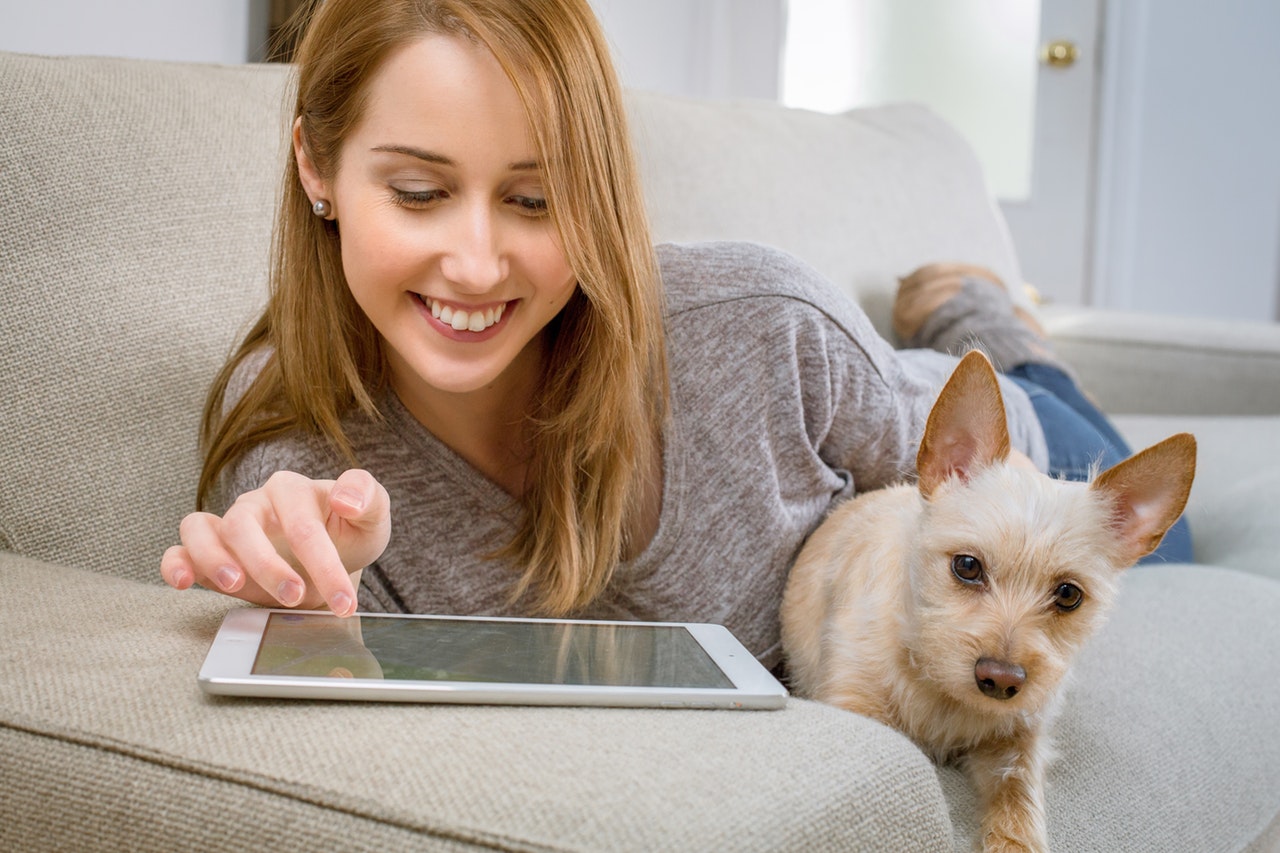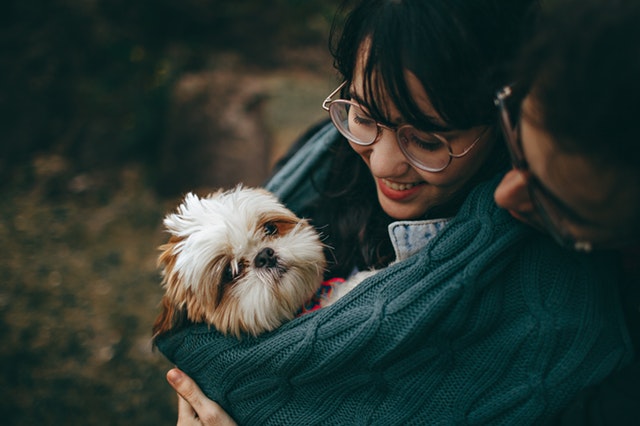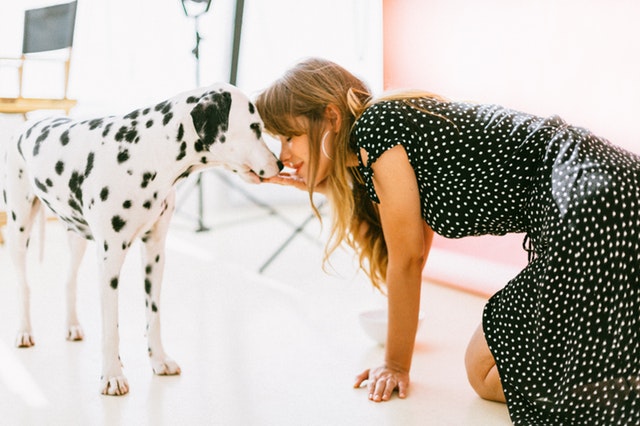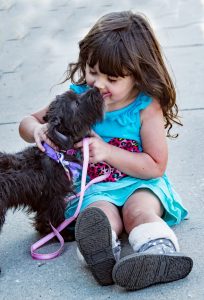Tips And Tricks For A New Dog In The Family
Yes! The time has finally come: there will be a dog in the family. Maybe it is your first dog or you have had dogs all your life and he or she can play in the pack. Yet it is clear that this is an exciting period for everyone.
In this blog we are happy to give you some tips to make the transition as pleasant as possible for the dog.

- Any child or participate in an existing pack?
For a dog it makes a lot of difference if he is the only dog child in a family or if there are already one or more dogs. That naturally also makes a difference to your approach.
If a dog ends up in a pack or with another dog, it will be much easier to let the newcomer follow the daily routine. Animals learn a lot from each other. A dog can often take on another dog. Running with the routine will be less stressful for this dog than for the dog that comes to live with a family.
- Rest, rest, rest
This brings us immediately to the next point: it is so easy to question your dog in the first few weeks! I have done this really wrong with my current (and first own) dog. I was far too enthusiastic and went on the road, on course, playing games and learning tricks, by train, etc. In retrospect, I could have offered him much better rest first.
PS Fortunately, everything went well with Ivy
- How does a dog discover its environment?
An easy way to prevent you from over-asking your dog in those first days is to take a good look at how your dog himself discovers his environment. First, it is mainly with his nose. So let your dog sniff around when he has just arrived in your house. It is best to gradually give more space to a puppy in a large house or on a large area. A (young) adult dog can often find it nice to be the first to discover the garden (if it is safe and well fenced of course). Also create an opportunity to pee somewhere so that the first experience at home is not too full.
When it comes to walking in the first days and weeks at home, you can also use observing your dog. A dog will walk laps around its permanent place from its new home and sniff around for a long time. From there, those routes become longer and with more detours. Why don’t you take the opportunity to get to know his new environment in a safe way?
 |
 |
- Wait before switching to another feed
There is a good chance that the dog will now receive different food than you want to give. If your dog comes from an asylum or foundation, he will probably get the cheapest or sponsored kibble and if your dog comes from a breeder, he may still get puppy kibble.
Your dog already has a lot of changes to process. Just wait a moment to adjust the feed, it will come. An upset stomach is now just annoying. And the chance of this is now greater than that you switch at a different time because the intestines and psyche are connected.
- Be cautious with the bench
Most dogs are not a fan of the bench by themselves. I personally have never seen a dog in a hole. An absolute condition for the correct use of a bench is that your dog associates it with a safe, fun place to be. And because that does not come automatically, you have to learn that gradually. The question is whether it is the right time for that.
- Focus on connecting
 The first few weeks there is really only one important goal and that is to build a bond with your dog. Focus on connecting by spending time together. Make soft eye contact, do not stare with hard eyes, but look with soft, relaxed eyes and blink. This may sound vague and small, but during this kind of eye contact the love hormone oxytocin is created in humans and animals, which creates a bond.
The first few weeks there is really only one important goal and that is to build a bond with your dog. Focus on connecting by spending time together. Make soft eye contact, do not stare with hard eyes, but look with soft, relaxed eyes and blink. This may sound vague and small, but during this kind of eye contact the love hormone oxytocin is created in humans and animals, which creates a bond.
In terms of stroking and brushing, you maintain the pace that your dog indicates. Maybe there is a need for hugging right away, maybe not at all for now.
Playing is also a fantastic way to build a band, but here too it is best to take the subtle (or not so subtle with a less timid dog) signals from challenge to game as a guide.
- Educate children
Children and dogs can be a fantastic or a stressful combination. Children are unable to take responsibility for the education of a dog. They do not understand the dog language and that can lead to dangerous situations. Protect the dog and the child by giving the child a clear explanation of how to deal with the dog and especially leaving it alone. Especially when the dog is eating or having a bone.
- Keep other pets safe
Most dogs can learn to live well with other pets such as cats. Even greyhounds and hunting dogs can learn this, but then the cats have to be considered ‘own’. That takes some time. Do not leave them unattended in the beginning. Minimize stress for cats by offering places and routes higher up.
- About rules and socialization
Your dog must first get used to it, then the education begins. It is not nice at all to learn all the rules as a drill sergeant in the first few days. Relax! Of course there are limits and you have to be consistent, but you have time to make your dog the perfect roommate.
- Stay alone
Do not leave your dog alone at home for the first few days. This must be learned carefully. If it goes too fast, it can actually lead to separation anxiety.
Even if you take a (young) adult dog into your home that could perfectly well remain alone in the previous family, you should calmly build this up again in this new home situation.
- Take into account a possible backpack dog
Some dogs, especially those from abroad, have never even been alone in their lives.
Every dog has something. They are animals, not robots, and it is their uniqueness that makes us want pets. Try to take into account any traumas and difficulties of your new roommate. So much is coming at him now!
…



